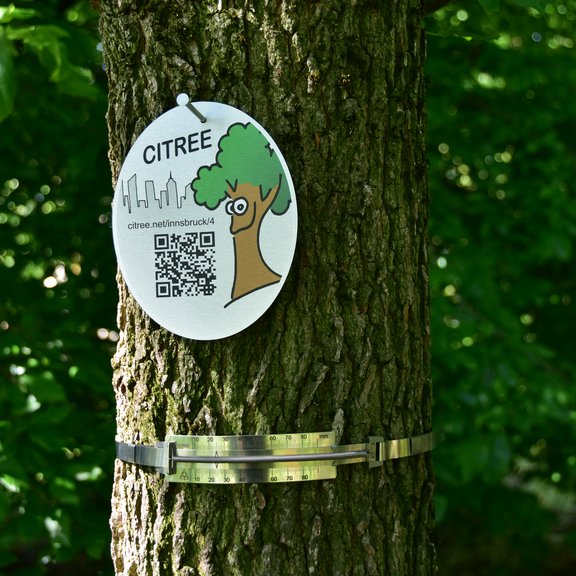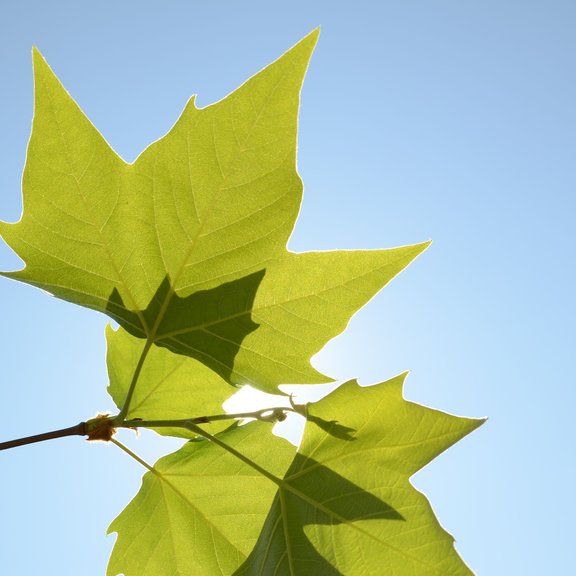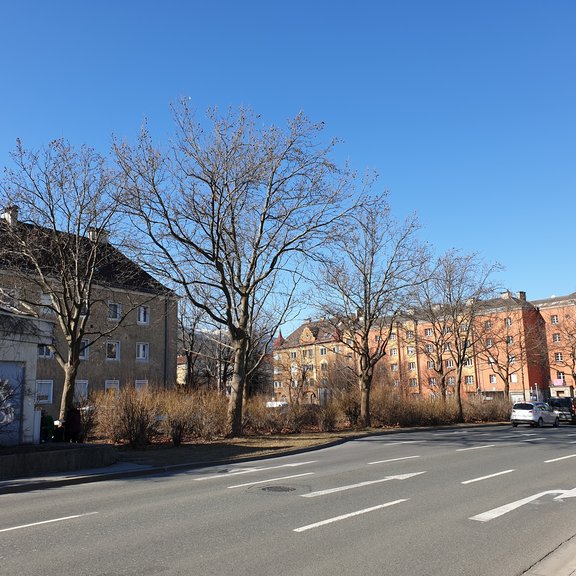Project
Relevance of green stem tissues to hydraulics of urban trees
Trees in cities provide manifold services, such as structuring urban environments or regulating urban climate. They are also exposed to intense stress, such as heat or salt stress, and tree hydraulics is known to be crucial for tree vitality. Green, photosynthetic tissues of stems were suggested to support transport functions and help avoid and repair hydraulic dysfunction. This project deals with the relevance of green stem tissues to hydraulics of urban trees, hypothesising that green stem tissues play a role to withstand summer drought as well as frost-induced embolism and hydraulic limitation.
The functional importance of green stem tissues during drought and frost-stress will be tested on potted trees of several species. On adult sycamore (Platanus x acerifolia) trees in Ghent, Belgium and Innsbruck, Austria, monitoring systems for tree water status will be installed to compare their hydraulic performance under natural drought and winter stress in a maritime versus Alpine climate. A Citizen Science approach will enable citizens to participate.
The project will enable new methodical developments and insights into the functional role of green stem tissues in tree hydraulics, with respect to drought and frost stress. Pioneering results with high impact potential for both basic and applied research are expected. The project is based on a cooperation of the University of Ghent (Laboratory of Plant Ecology, Faculty of Bioscience Engineering; PI Kathy Steppe) and the University of Innsbruck (Department of Botany; PI Stefan Mayr).

Dendrometer with info-labe

Leaf of a Sycamore tree

Study site in Innsbruck
